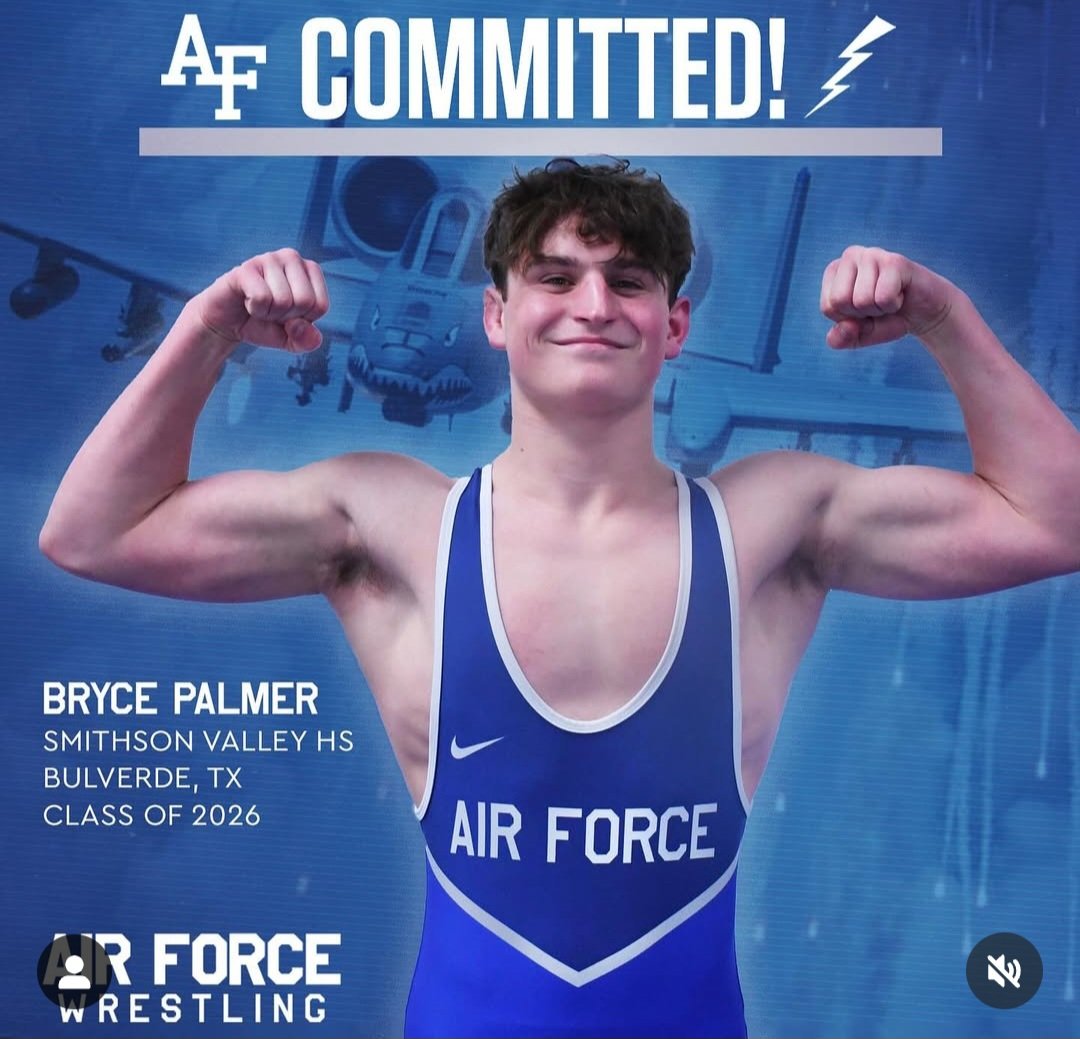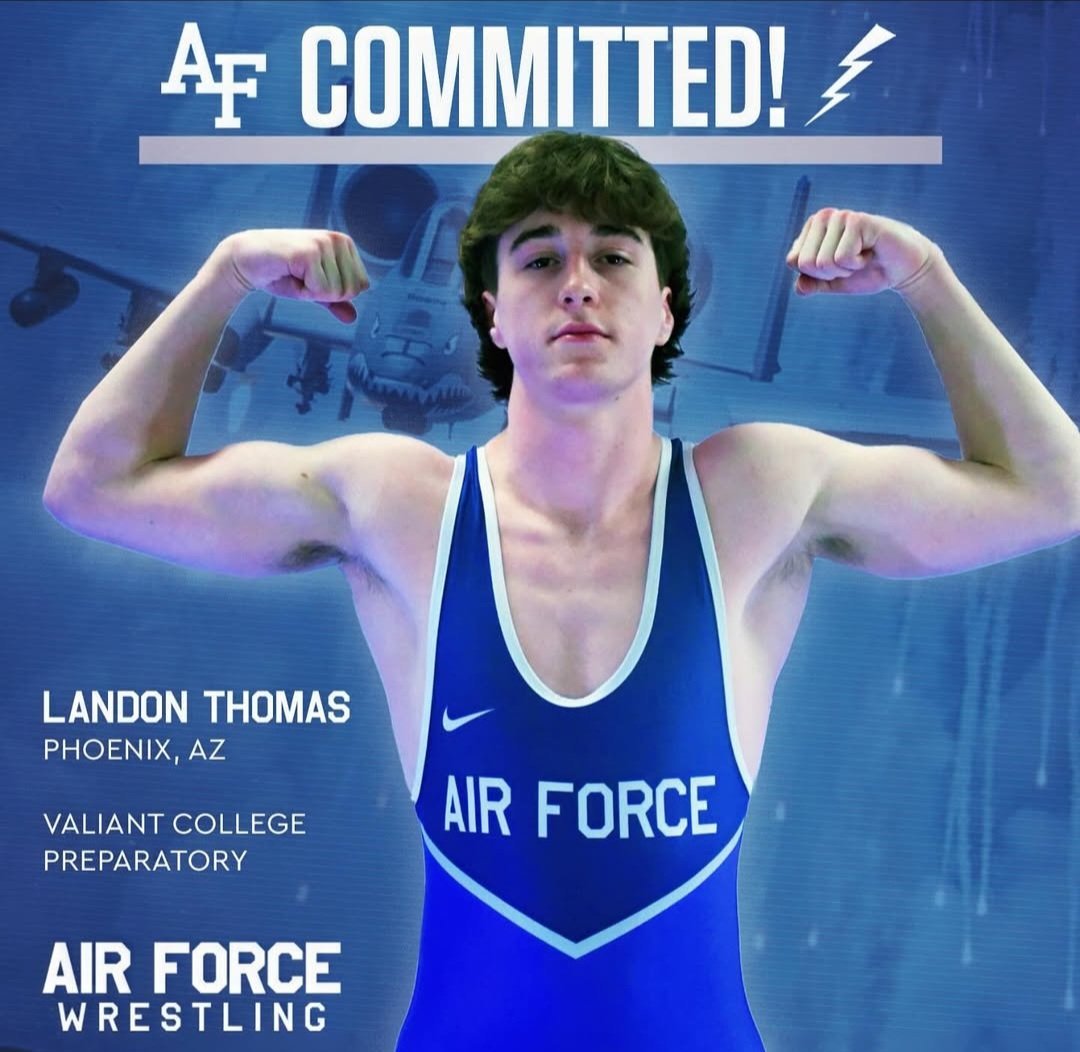Plane crash at DCA
-
Latest Rankings
-
Updated
-
Updated
-
Updated
-
Updated
-
-
College Commitments
Bryce Palmer
Smithson Valley, Texas
Class of 2026
Committed to Air Force
Projected Weight: 157
Landon Thomas
Valiant Prep, Arizona
Class of 2026
Committed to Air Force
Projected Weight: 141
Pasquale Maurici
Austin Westlake, Texas
Class of 2026
Committed to Army West Point
Projected Weight: 197
Jayce Curry
Sergeant Bluff-Luton, Iowa
Class of 2026
Committed to Iowa Western
Projected Weight: 133






Recommended Posts
Create an account or sign in to comment
You need to be a member in order to leave a comment
Create an account
Sign up for a new account in our community. It's easy!
Register a new accountSign in
Already have an account? Sign in here.
Sign In Now